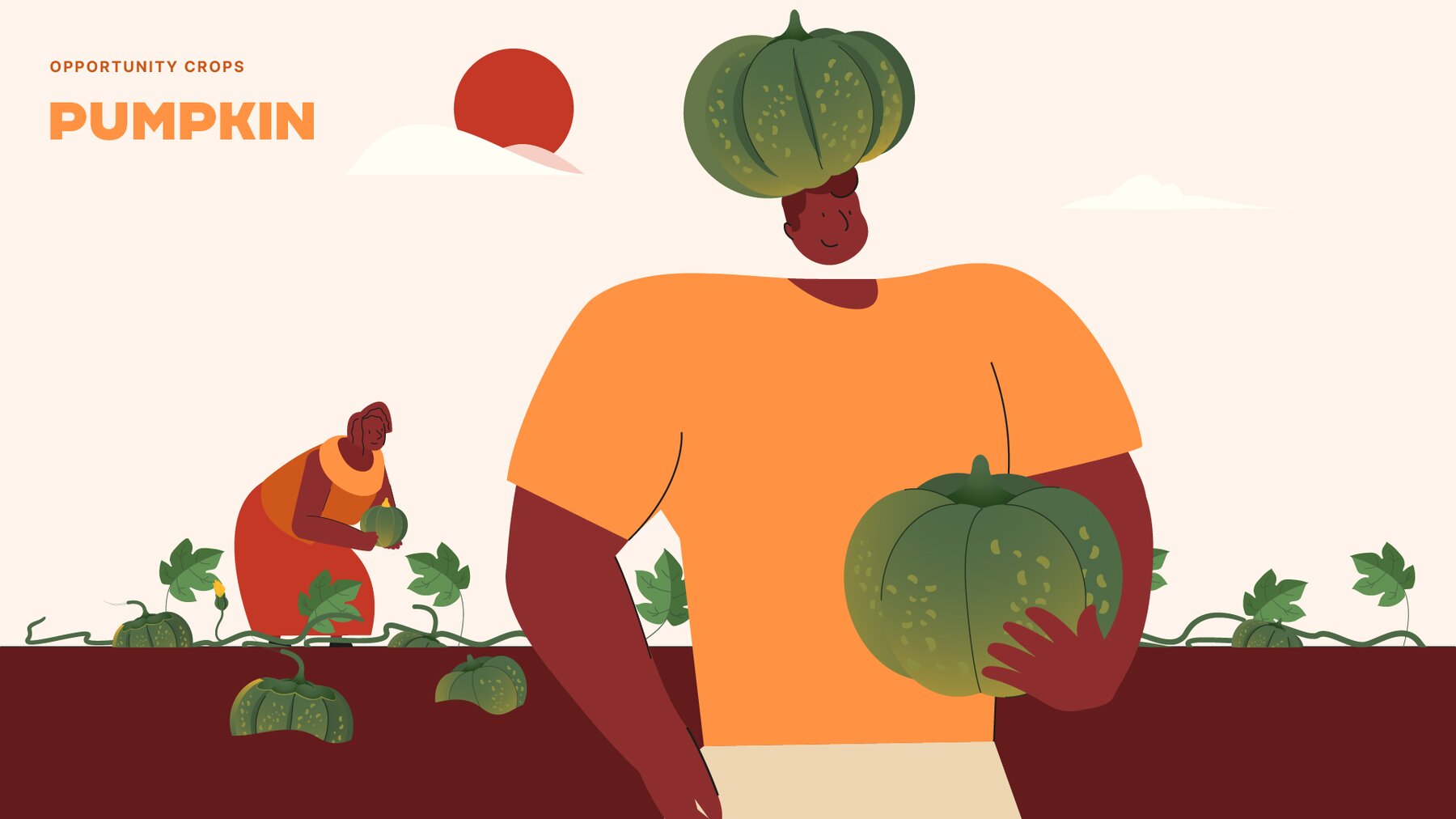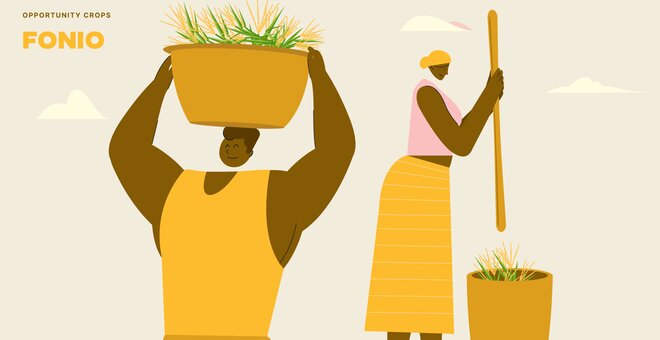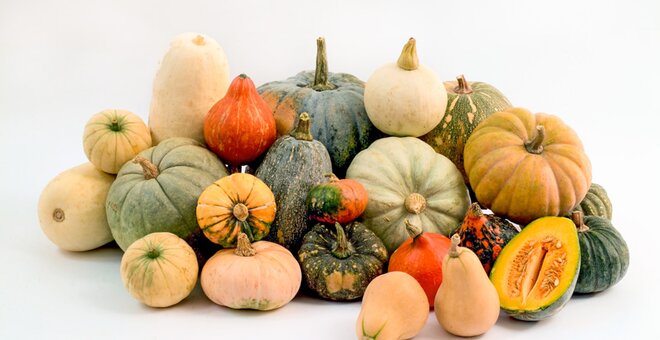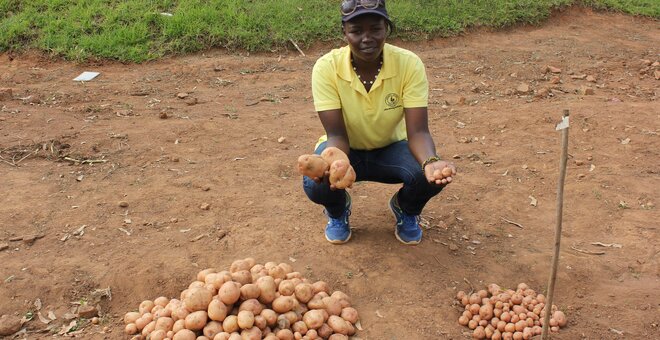CROP CHRONICLES: 30 October 2025
From home gardens to export markets, Uganda’s pumpkins can transform nutrition, resilience and rural incomes – if given the attention they deserve.
Pumpkins are global symbols of autumn – from Halloween decorations to pumpkin-spice lattes. In Uganda, however, they have yet to have their moment in the spotlight. Here, pumpkins are part of everyday life, but their full potential is still waiting to be realized.
Most pumpkins in Uganda grow in home gardens. They come in all shapes and colors. Their skin ranges from pale yellow to deep orange to green; some weigh up to 50 kilograms (110 pounds), others are much smaller. Some are smooth-skinned, others almost otherworldly in their bumps and blisters.
Pumpkins can be stored for months, helping families bridge hunger gaps. The seeds are roasted as snacks, and the pulp turned into baby food. They are everywhere – and yet, in some ways, almost invisible.
Despite being nutrient-rich, climate-resilient and deeply embedded in Ugandan culture, pumpkins have actually been rather neglected. They receive little research attention and seeds are hard to get. It’s a paradox. This crop with the power to fight malnutrition, strengthen climate resilience and generate income is still often treated as an afterthought by scientists and policymakers.
But that’s beginning to change. The Crop Trust initiative aimed at Building Opportunities for Lesser-known Diversity in Edible Resources (BOLDER) is collaborating with Uganda’s National Agricultural Research Organization (NARO) and others to conserve and study pumpkin diversity, and promote its use. BOLDER also works to get pumpkin diversity to farmers by supporting the farmers and entrepreneurs who produce and distribute seeds, and those who bring new pumpkin products to market.
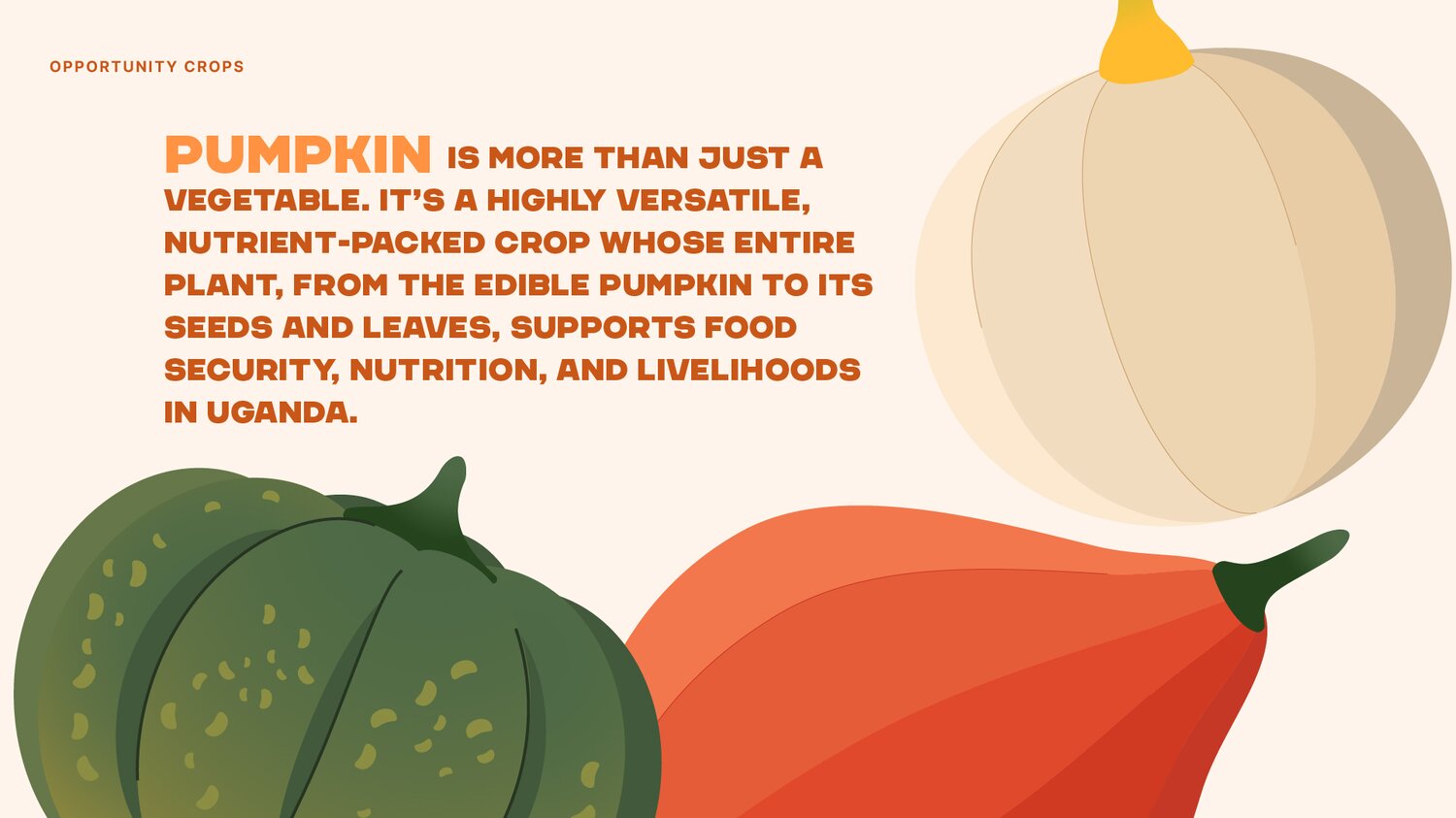
Why Pumpkin Matters
Pumpkins are rich in fiber, protein, calcium, potassium and iron. Their flesh is loaded with provitamin A carotenoids – natural pigments the human body converts into vitamin A. Traditional cooking methods like steaming and boiling help retain these nutrients.
And they thrive across the diverse climates of Uganda – from the humid east to the dry country in the north.
“Pumpkins can grow almost anywhere in Uganda,” says Dr John Adriko of NARO. “Through BOLDER we can conserve their diversity and build awareness of its importance, so this resilient crop can finally deliver on its promise for nutrition and food security.”
So why does such a promising crop remain on the economic sidelines?
Barriers to Better Pumpkins
First, there is no commercial seed system. Around 70 percent of Ugandan farmers use saved seeds, often just exchanging them with neighbors. That means no formal breeding programs, no quality control and no access to improved varieties that can boost yields or further improve shelf life.
“Farmers simply save or swap seeds,” says Dr Adriko. “Once we characterize the diversity we have, we can build a proper seed system – and with better awareness, demand will follow.”
Decades of agricultural research in Uganda have centered on maize, beans, and cassava – leaving pumpkin behind. Only around 25 seed samples are conserved in the Uganda National Genebank and about 100 at Makerere University’s Regional Centre for Crop Improvement (MaRCCI). And many of these samples remain unstudied.
There are practical barriers, too. Pumpkins are bulky, costly to transport and prone to bruising, which limits long-distance trade. Local markets are informal and supply unreliable. Add to that lack of information about best management practices and you begin to see how an abundant and important crop can also be held back.
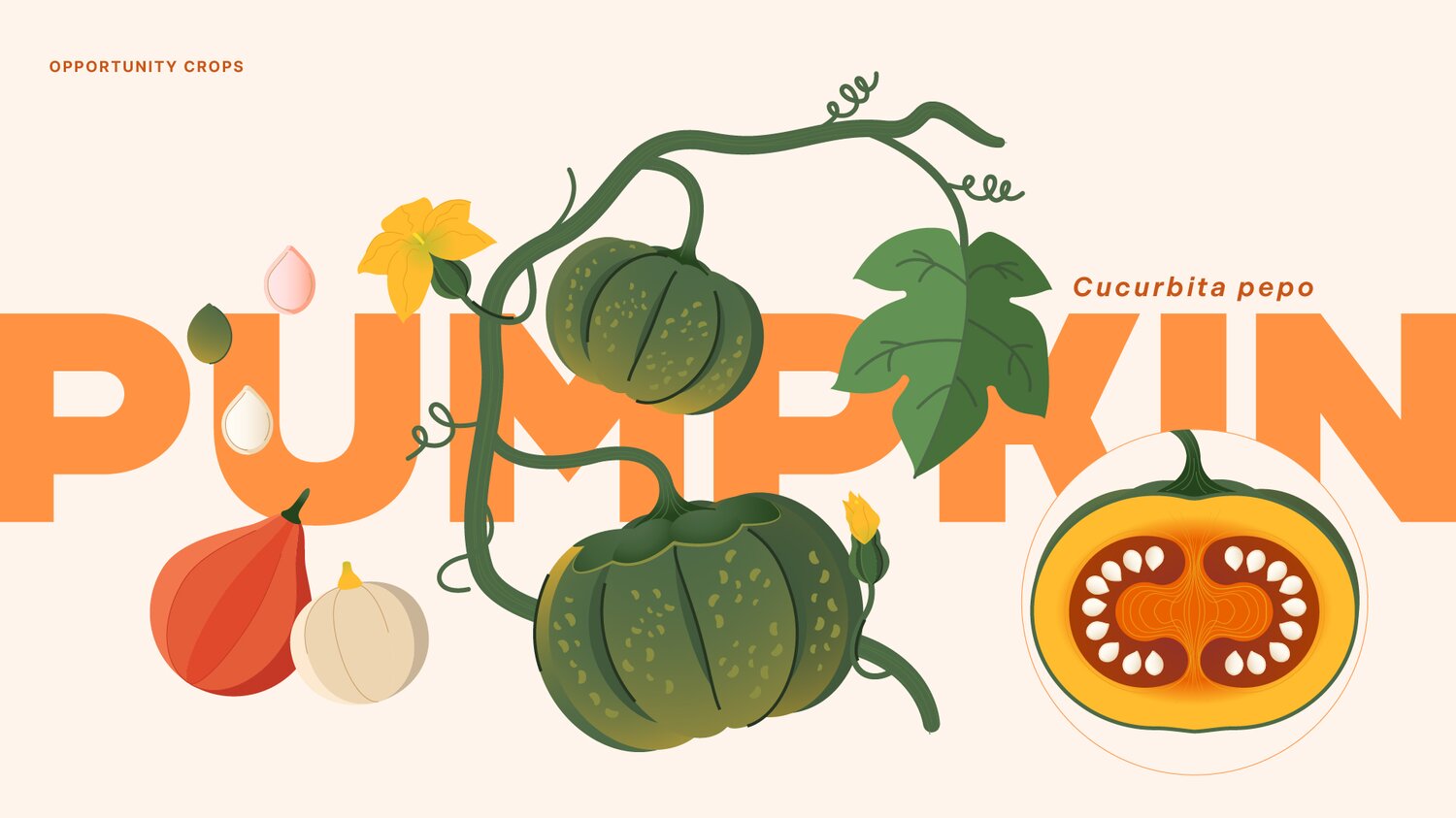
Seeds of Opportunity
However, demand for pumpkin-based flours, porridges, oils and snacks is rising. Josmak Enterprises is a Kampala-based processor with national distribution and regional ambitions. Based on the increasing interest, they are building a business supporting rural women who can market pumpkin products in Uganda and Kenya. It is clear that with better seeds and more consistent supply, the pumpkin value chain could grow beyond home gardens.
Momentum is building. MaRCCI has added pumpkin to its orphan crops program. Private seed companies like East-West Seed have piloted demonstration plots that have attracted strong interest from farmers. Local innovators are turning pumpkin into everything from fortified flour to oil and crispy snacks.
The Crop Trust is helping to connect pumpkin conservation, research and markets in Uganda. With NARO, we are laying the groundwork for pumpkin to become a driver of national food and nutrition goals.
Hidden in plain sight, Uganda’s pumpkins may yet prove that sometimes the most powerful solutions are already growing in our own backyards.
This story is part of Crop Chronicles, a multimedia campaign that uncovers the stories of the crops that feed the world, the people who grow them and the race to adapt them to a changing climate.
Related stories
Protecting Your Pumpkin from Climate Change
'Curcurbits' isn't really a term we use around the dinner table ... but we sure love to eat them. Pumpkins, squash, cucumbers, watermelons, musk melons, chayote ... and don't forget the egusi melons. They are all curcubits, and...
16 Mar 2023
29 Oct 2021
Potato Diversity Leads to Economic Gain in Uganda
The genebank of the International Potato Centre (CIP) holds more than 6000 accessions of potatoes and distributes samples to users all over the world. But CIP often doesn’t hear back from those recipients of diversity.
“It’s...
3 Sep 2020
3 Sep 2020

